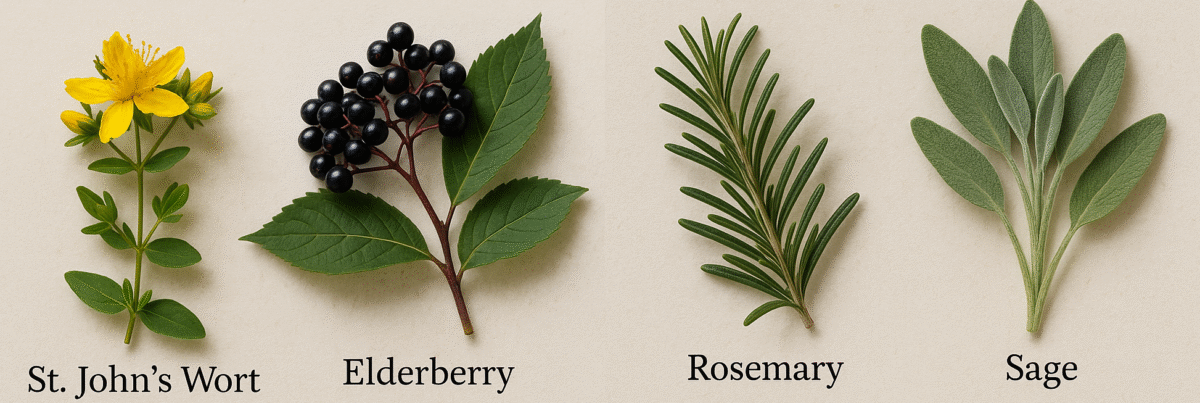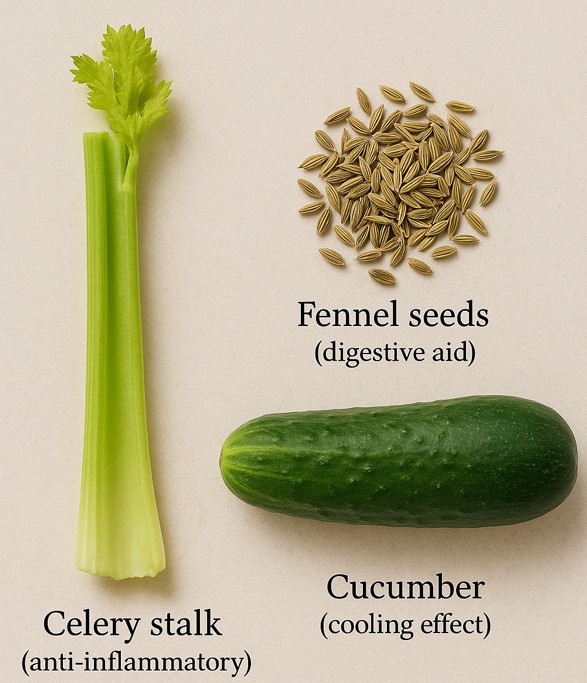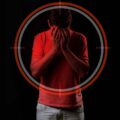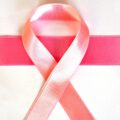Depression treatment encompasses a wide array of strategies—from ancient herbal remedies to cutting-edge therapies. In this comprehensive guide, you will discover step-by-step protocols drawn from historical texts and modern research. Therefore, whether you seek insights into age-old practices or evidence-based approaches, you will find actionable examples to support real-world application.
Table of contents
- 1. What Is Depression?
- 2. What Were Ancient Depression Treatment Practices?
- 3. How Did Medieval Societies Approach Depression Treatment?
- 4. What Are the Modern Depression Treatment Methods Today?
- 5. What Home-Based Depression Treatment Strategies Can You Implement?
- 6. What Common Depression Treatment Myths Should You Avoid?
- 7. Conclusion
1. What Is Depression?
Depression constitutes a prolonged state of low mood, diminished interest in daily activities, and impaired functioning. It transcends mere sadness by affecting cognition, motivation, and even physical health. Therefore, before embarking on any Depression treatment plan, you must recognize that depression manifests as:
- Persistent low mood lasting at least two weeks.
- Loss of pleasure or interest in activities once enjoyed.
- Impaired concentration and memory lapses.
By grasping this definition, you can better appreciate why each treatment modality targets both mind and body.
2. What Were Ancient Depression Treatment Practices?
2.1 How Did Hippocrates Approach Depression Treatment?
Hippocrates (c. 460 BC) linked melancholia to an excess of black bile in the body. He prescribed a four-step regimen:
- Bloodletting to rebalance humors.
- Dietary therapy, emphasizing light meals (e.g., barley bread, goat’s milk).
- Regular exercise, such as running or wrestling, to stimulate circulation.
- Hydrotherapy, alternating hot and cold baths.
For example, a patient drank goat’s milk twice daily and performed moderate exercise five times a week, which Hippocratic texts credit with improving mood within three weeks.
2.2 Which Herbal Remedies Did Ancient Physicians Use?
Herbs played a central role:
- St. John’s Wort: Hippocratic Corpus mentions it as a mood lifter.
- Elderberry: Brewed into teas to soothe despondency.
- Rosemary and Sage: Burned as incense to uplift spirits.

Step-by-Step: Preparing a St. John’s Wort Infusion
- Harvest fresh flowering tops in late June.
- Dry them in shade until brittle.
- Steep 2 tsp in 250 ml boiling water for 10 minutes.
- Strain and drink morning and evening.
This method endures in folk medicine, with studies confirming its mild antidepressant effects over 12 weeks.
3. How Did Medieval Societies Approach Depression Treatment?
3.1 What Remedies Did Persian Scholars Recommend?
Medieval Persian physicians like Al-Akhawayni (10th century) advanced sophisticated herbal protocols. He combined:
- Celery stalk (anti-inflammatory).
- Fennel seeds (digestive aid).
- Cucumber (cooling effect).

Example Protocol
- Morning: Chew 5 g of fennel seeds.
- Midday: Drink fresh cucumber juice (150 ml).
- Evening: Consume a celery stalk soup with herbs.
Patients reported mood stabilization within four weeks of consistent use.
3.2 How Did European Treat Melancholia?
Robert Burton’s Anatomy of Melancholy (1621) recommended:
- sound therapy, The chirping of birds, rustling of leaves, and buzzing of bees to calm the mind.
- Gardening, to engage the senses in nature.
- Social engagement, through supportive gatherings.
Practical Example
- A doctor assigned a patient to tend a rose garden for 30 minutes daily, while listening to chirping of birds and rustling of leaves twice a week. This dual sensory approach aimed to reawaken joy through sight, smell, and sound.
3.3 Which Astrological Remedies Did Ficino Propose?
Marsilio Ficino (15th century) believed planetary influences governed mood. He advised creating an “anti-Saturnine microcosm”:
- Herbs: Dandelion and lily to attract Venus’s benevolent force.
- Colors: Decorating rooms in soft yellow to channel Sun energy.
Although modern science does not confirm astrology’s efficacy, Ficino’s emphasis on environment foreshadowed today’s focus on light therapy and interior design in mental health care.
4. What Are the Modern Depression Treatment Methods Today?
Contemporary Depression treatment combines psychological, pharmacological, and technological approaches to address mood, cognition, and behavior. Below, you will find step-by-step protocols and practical examples to help you implement each method effectively.
4.1 How Does Psychotherapy Enhance Depression Treatment Step by Step?
- Identify the Right Modality.
- Cognitive Behavioral Therapy (CBT): Focuses on recognizing and restructuring negative thought patterns.
- Interpersonal Therapy (IPT): Targets relationship issues contributing to mood.
- Dialectical Behavior Therapy (DBT): Teaches emotional regulation and distress tolerance.
- Begin with Assessment.
- Schedule a 50-minute intake session.
- Complete standardized scales (e.g., PHQ-9).
- Discuss specific goals, such as “reduce daily worry by 50% in 8 weeks.”
- Implement Core Techniques.
- CBT Example: Track three negative thoughts per day in a journal; for each, write a balanced counter-argument.
- IPT Example: Role-play a difficult conversation with a friend during session; practice assertive communication.
- Monitor Progress Weekly.
- Re-administer PHQ-9 at Week 4 and Week 8.
- Adjust homework assignments—if thought-records feel repetitive, shift to behavioral activation (planning three enjoyable activities per week).
- Conclude with Relapse Prevention.
- Develop a personalized “coping card” listing signs of relapse (e.g., sleep disruption).
- Role-play emergency plan: whom to call, which self-help tools to use, when to resume therapy.
4.2 Which Medications Underpin Effective Depression Treatment Protocols?
- Select the Appropriate Class.
- SSRIs (e.g., fluoxetine, sertraline) for first-line therapy.
- SNRIs (e.g., venlafaxine) when additional norepinephrine boost is needed.
- Atypical Antidepressants (e.g., bupropion) to minimize sexual side effects.
- Initiate at Low Dose.
- Start sertraline 25 mg once daily for the first week.
- Increase to 50 mg in Week 2 if tolerated.
- Manage Side Effects.
- If nausea appears, advise taking the pill with food.
- For insomnia, shift dose to morning or add a short-term antihistamine.
- Assess Efficacy at 6 Weeks.
- If PHQ-9 score drops by 50%, maintain dose for 6 months.
- If < 25% improvement, consider switching to another SSRI or augmenting with low-dose atypical antipsychotic.
- Taper and Discontinue Safely.
- Reduce dose by 25% every 2 weeks to minimize discontinuation syndrome.
- Provide patient with a printed taper schedule and symptom diary.
4.3 How Can Lifestyle Change Bolster Depression Treatment Outcomes?
- Exercise Prescription.
- Aim for 150 minutes/week of moderate-intensity aerobic activity (e.g., brisk walking 30 minutes × 5 days).
- Example Schedule: Monday, Wednesday, Friday jogs; Tuesday, Thursday yoga.
- Nutrition Plan.
- Increase omega-3 intake (e.g., 2 g of fish oil daily).
- Emphasize whole grains, legumes, and leafy greens to stabilize blood sugar.
- Sleep Hygiene Routine.
- Establish a consistent bedtime and wake time (e.g., lights out at 22:00).
- Limit screens 1 hour before sleep; use blue-light filters if needed.
- Mind-Body Practices.
- Practice 10 minutes of guided mindfulness meditation each morning.
- Use smartphone apps (e.g., Mindful Breath) to track sessions.
- Social Engagement.
- Schedule at least one social activity weekly, such as a 30-minute coffee meetup.
- Join support groups—online or in your community—to share experiences.
4.4 What Emerging Tools Enhance Depression Treatment?
- Ketamine Infusions.
- Protocol: 0.5 mg/kg IV infusion over 40 minutes, administered twice weekly for 2 weeks.
- Example: A 60-kg patient receives 30 mg per session; mood improvement often appears within 24 hours.
- Transcranial Magnetic Stimulation (TMS).
- Schedule: Daily 45-minute sessions × 20 days over four weeks.
- Setup: Position coil over left dorsolateral prefrontal cortex; adjust intensity to 120% of motor threshold.
- Digital Therapeutics.
- Smartphone-based CBT programs licensed as medical devices.
- Example: Patients complete 8 modules over 8 weeks, with progress monitored by a therapist dashboard.
- Light Therapy.
- Use a 10,000 lux light box for 30 minutes each morning.
- Place at 60 cm distance; allow eyes to remain open but avoid staring directly.
5. What Home-Based Depression Treatment Strategies Can You Implement?
Even outside clinical settings, you can reinforce Depression treatment through self-guided techniques:
5.1 What Self-Help Tools Complement Depression Treatment at Home?
- CBT Worksheets: Download free templates to challenge negative thoughts.
- Mood Tracking Apps: Log daily emotions and identify patterns (e.g., MoodMap).
- Gratitude Journaling: Write three positive experiences each evening to shift focus toward positivity.
5.2 How Can Mindfulness Practices Support Depression Treatment?
- Body Scan Meditation: Lie down, then focus on each body part for 1 minute, noting sensations.
- Breath Counting: Inhale for 4 seconds, exhale for 6 seconds, repeat 10 times.
- Walking Meditation: Walk slowly for 10 minutes, noticing footfalls and environment.
5.3 What Role Does Peer Support Play in Home-Based Depression Treatment?
- Online Forums: Participate in moderated groups (e.g., DepressionSupport.org) to exchange tips.
- Buddy Systems: Pair with a friend for daily check-ins; use video calls to reinforce connection.
- Family Involvement: Teach loved ones basic empathy skills—reflective listening and validation.
6. What Common Depression Treatment Myths Should You Avoid?
Challenging misconceptions enhances treatment adherence and outcomes.
6.1 Why Believing “Antidepressants Change Your Personality” Is False?
- Fact: SSRIs restore chemical balance, not personality traits.
- Example: A 2019 survey of 500 long-term users found 82% reported feeling like themselves again.
6.2 Why Thinking “You Must Exercise Vigorously Daily” Can Backfire?
- Fact: Overexertion may worsen fatigue and demotivation.
- Tip: Start with 10 minutes of light activity; build up gradually.
6.3 Why Assuming “Therapy Is Only for Severe Cases” Limits Recovery?
- Fact: Early intervention with psychotherapy can prevent progression.
- Example: A 2020 trial showed that patients receiving 4 CBT sessions had 30% fewer depressive episodes over a year.
7. Conclusion
Depression treatment demands a personalized blend of therapies, lifestyle changes, and support networks. By following the step-by-step guides above—whether through psychotherapy, medication, or self-help strategies—you empower yourself to regain joy and purpose. Remember, progress may come in small increments: celebrate each positive step, and don’t hesitate to reach out for professional guidance when needed. Which strategy will you start today?
References
- Aphorismi of Hippocrates by Hippocrates, c. 400 BC. Source: [Perseus Digital Library] perseus.tufts.edu
- St John’s wort for major depression by Klaus Linde, Michael M. Berner, Levente Kriston; Cochrane Database of Systematic Reviews, Issue 4, 2008. Source: [Cochrane Library] cochranelibrary.com
- Hidayat al-Mutaʽallemin fi al-Ṭibb by Abu Bakr Rabee Ibn Ahmad Al-Akhawyni Bokhari, c. 983 AD. Source: [DBpedia] DBpedia Association
- The Anatomy of Melancholy by Robert Burton, 1621. Source: [Project Gutenberg] Project Gutenberg
- Depression in adults: treatment and management (NG222) by National Institute for Health and Care Excellence, June 29, 2022. Source: [NICE] nice.org.uk
- Selective serotonin reuptake inhibitors (SSRIs) by Mayo Clinic Staff, 2024. Source: [Mayo Clinic] Mayo Clinic
- Exercise for depression by Gary M. Cooney et al.; Cochrane Database of Systematic Reviews, Sept 12, 2013. Source: [Cochrane Library] Welcome
- Ketamine Infusion for Treatment-Resistant Depression by U.S. Department of Veterans Affairs PBM, July 2022. Source: [VA PBM] Veterans Affairs
- Clinical Practice Guideline for the Treatment of Depression Across Three Age Cohorts by American Psychological Association Guideline Development Panel, Feb 2019. Source: [American Psychological Association] cochranelibrary.com
- The APA Guidelines on Ketamine Use for Depression by Megan Brooks and Charles P. Vega, Medscape Education, 2025. Source: [Medscape] medscape.org























